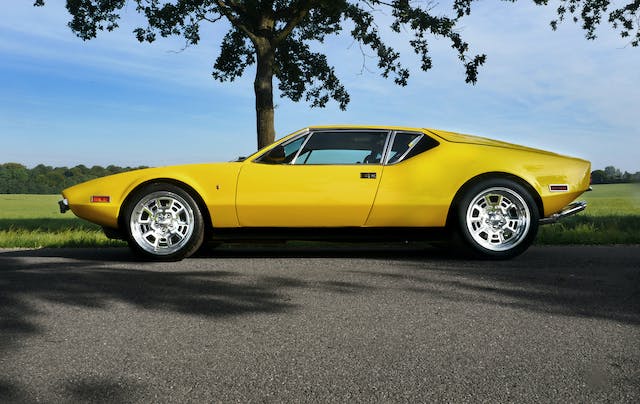In an age dominated by digital devices and plastic toys, Wood Toys have maintained their charm and appeal. With their rich textures, warm colors, and timeless designs, wooden toys offer not only a nostalgic connection to childhood but also numerous benefits for young minds. In this blog, we’ll explore the significance of wooden toys, their advantages, and some popular options that can inspire creativity and learning in children.
1. The Benefits of Wooden Toys
1.1 Eco-Friendly and Sustainable
One of the most significant advantages of wooden toys is their eco-friendliness. Made from natural materials, they are biodegradable and often sourced from sustainable forests. Parents can feel good about choosing wooden toys, knowing they are making an environmentally conscious decision.
1.2 Durable and Long-Lasting
Wooden toys are built to last. Unlike many plastic toys that can break easily or wear down over time, wooden toys are often handcrafted with quality craftsmanship, making them more durable. This durability means they can withstand years of play and even be passed down through generations as cherished heirlooms.
1.3 Encouraging Imaginative Play
Wooden toys encourage open-ended play, allowing children to use their imagination and creativity. With simple designs, children can invent their own games and scenarios, fostering cognitive development and problem-solving skills. The tactile nature of wood also stimulates sensory exploration, which is vital for young children.
1.4 Safe and Non-Toxic
Safety is a top priority for parents, and wooden toys often come out on top. Many wooden toys are finished with non-toxic paints and varnishes, making them safe for little ones who love to explore with their mouths. This peace of mind is invaluable, allowing parents to focus on the joy of play without worry.
2. Popular Wooden Toy Options
2.1 Wooden Blocks
Classic wooden blocks are a staple in early childhood development. They promote spatial awareness, fine motor skills, and creativity as children stack, sort, and build. Blocks come in various shapes, sizes, and colors, providing endless opportunities for imaginative play.
2.2 Puzzles
Wooden puzzles are not only fun but also educational. They help develop problem-solving skills, hand-eye coordination, and cognitive abilities. Many wooden puzzles feature animal shapes, letters, or numbers, making learning engaging and interactive.
2.3 Toy Vehicles
Wooden cars, trucks, and trains are popular among young children. These sturdy vehicles can withstand rough play and encourage imaginative scenarios, whether racing down a track or navigating a makeshift city. They also promote motor skills and spatial awareness as children push and pull their favorite toys.
2.4 Pretend Play Sets
Wooden playsets, such as kitchen sets, dollhouses, and toolkits, allow children to engage in role-playing, which is crucial for social development. These toys encourage children to mimic real-life scenarios, helping them understand the world around them and develop empathy.
2.5 Animal Figurines
Wooden animal figurines can spark children’s interest in nature and wildlife. They inspire imaginative play, storytelling, and even basic biology lessons. With various animal options, children can create their own habitats and stories, enhancing their creativity.
3. The Future of Wooden Toys
As parents increasingly seek sustainable and educational toys, the market for wooden toys continues to grow. Artisans and manufacturers are creating innovative designs that blend tradition with modern play patterns, ensuring that wooden toys remain relevant in today’s digital age.




